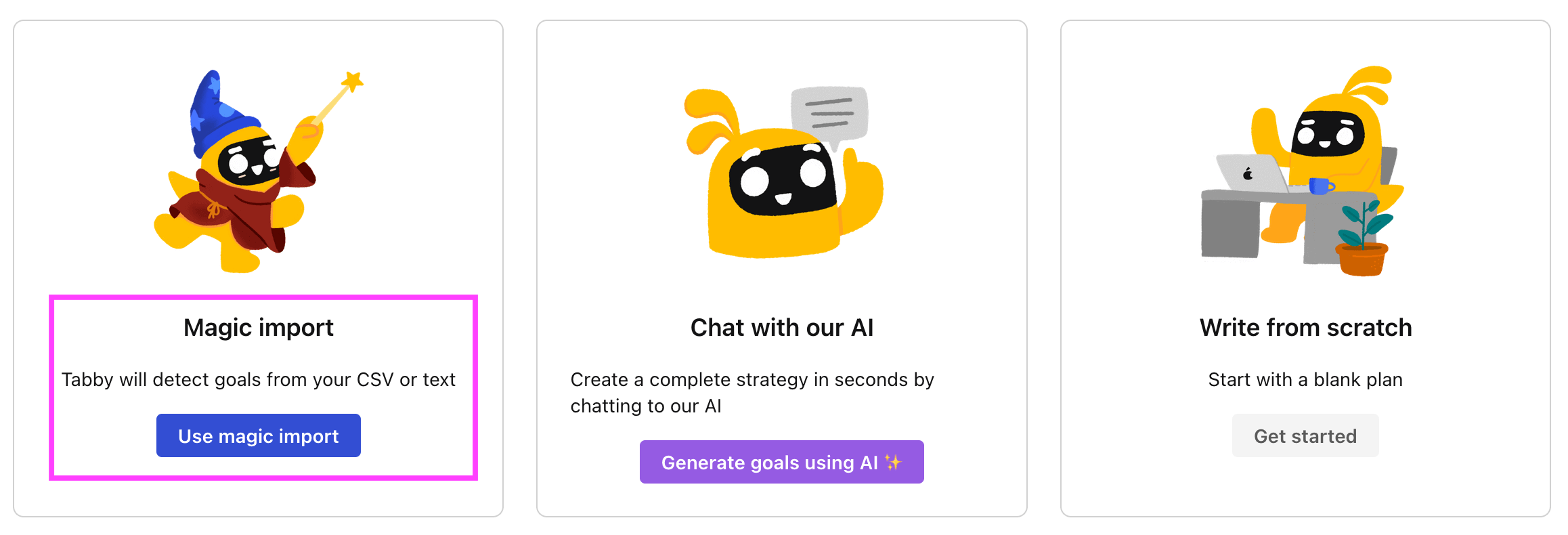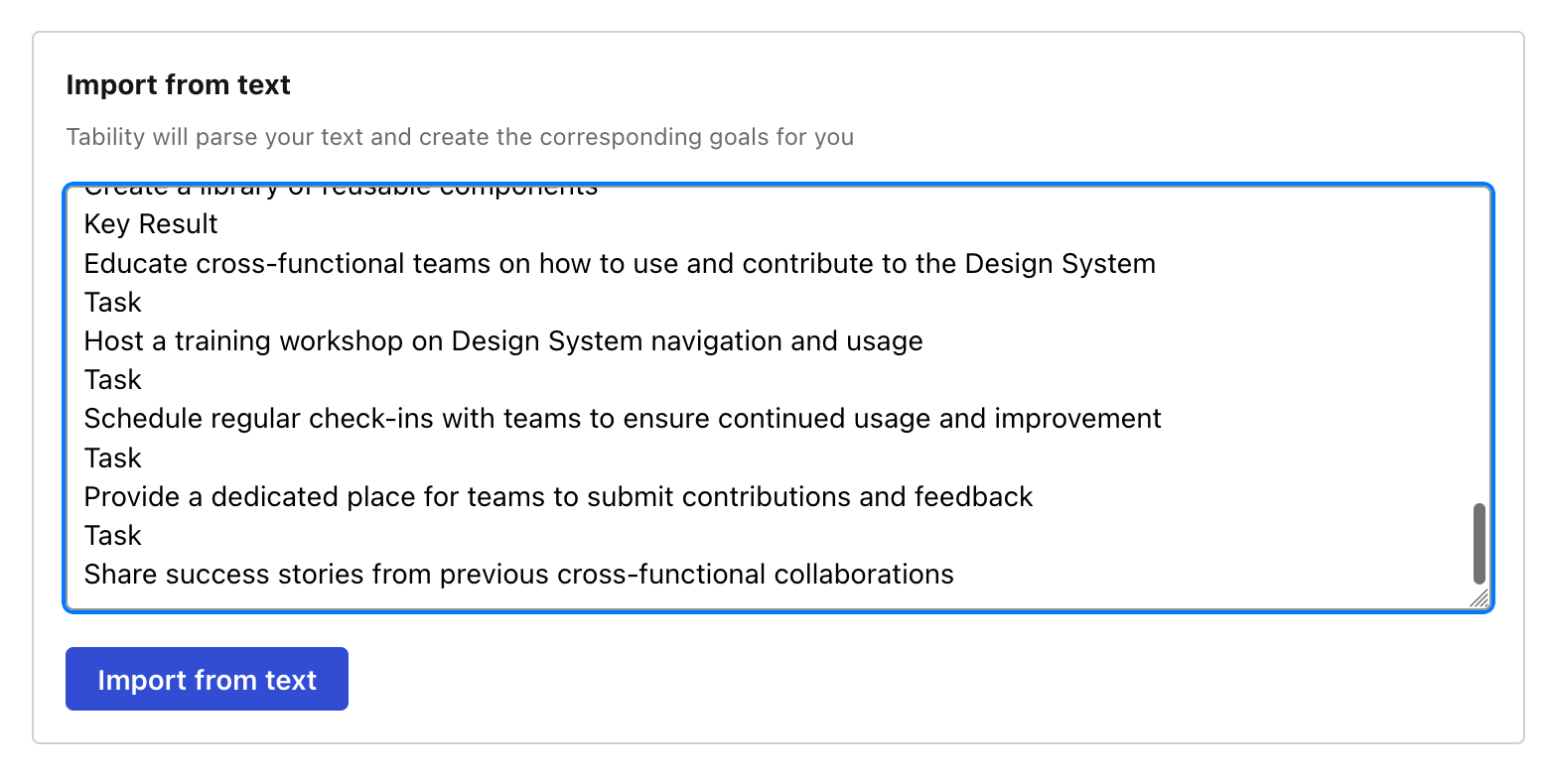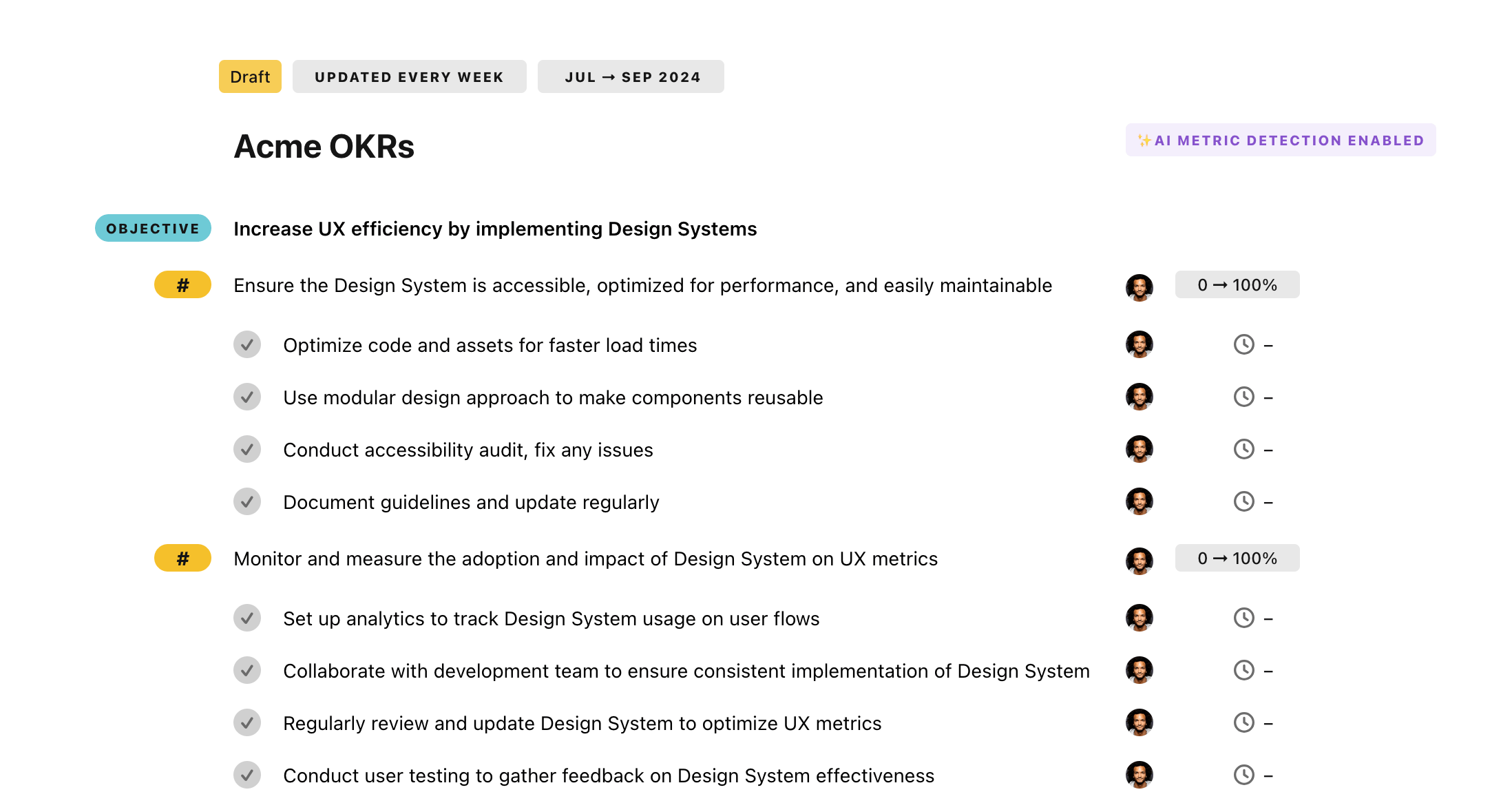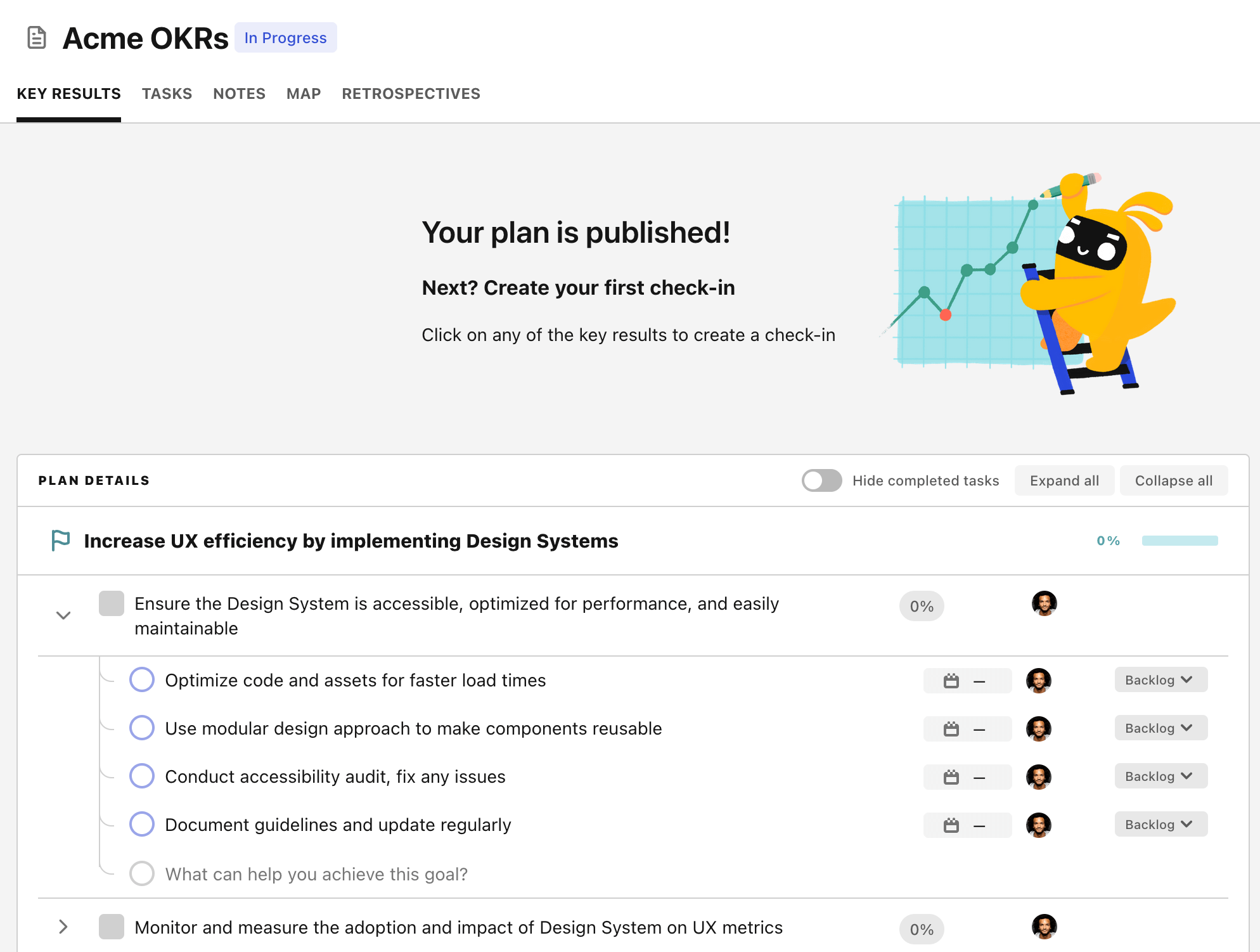OKR template to enhance efficiency in accounting process and customer relation
Your OKR template
To reduce invoice processing times, plans are made to implement an automated invoice processing system, train the staff on how to use it and continuously adjust the system for optimal efficiency. The end goal is to decrease the processing time by up to 25%.
For the objective of cutting down on customer query resolution times, the initiatives include the training of staff on effective query resolution strategies, the implementation of accounting software with automated response features, and the prioritization of clear and concise customer communication. This is aimed at achieving a 30% reduction in the time taken to resolve customer queries.
The last objective is aimed at enhancing the customer's overall experience with the accounting department by boosting their satisfaction rates by 15%. The approach here involves regularly surveying customers, developing simple yet clear communication materials explaining accounting processes and conducting regular customer service skills training for accounting department staff.
ObjectiveEnhance efficiency in accounting process and customer relation
KRReduce invoice processing time by 25% using automation technologies
Implement an automated invoice processing system
Train staff on using the new automation software
Monitor and adjust the system for optimal efficiency
KRCut down customer query resolution time by 30% in the accounting department
Train staff on effective query resolution strategies
Implement advanced accounting software with automated response features
Prioritize clear, concise customer communication
KRBoost customer satisfaction rates by 15% through improved accounting interactions
Regularly survey customers, seeking feedback on accounting interactions
Develop simple, clear communication materials explaining accounting processes
Implement regular training for accounting staff on customer service skills
How to edit and track OKRs with Tability
You'll probably want to edit the examples in this post, and Tability is the perfect tool for it.
Tability is an AI-powered platform that helps teams set better goals, monitor execution, and get help to achieve their objectives faster.
With Tability you can:
- Use AI to draft a complete set of OKRs in seconds
- Connect your OKRs and team goals to your project
- Automate reporting with integrations and built-in dashboard
Instead of having to copy the content of the OKR examples in a doc or spreadsheet, you can use Tability’s magic importer to start using any of the examples in this page.
The import process can be done in seconds, allowing you to edit OKRs directly in a platform that knows how to manage and track goals.
Step 1. Sign up for a free Tability account
Go tohttps://tability.app/signup and create your account (it's free!)
Step 2. Create a plan
Follow the steps after your onboarding to create your first plan, you should get to a page that looks like the picture below.

Step 3. Use the magic importer
Click on Use magic import to open up the Magic Import modal.
Now, go back to the OKR examples, and click on Copy on the example that you’d like to use.

Paste the content in the text import section. Don’t worry about the formatting, Tability’s AI will be able to parse it!

Now, just click on Import from text and let the magic happen.

Once your example is in the plan editor, you will be able to:
- Edit the objectives, key results, and tasks
- Click on the target 0 → 100% to set better target
- Use the tips and the AI to refine your goals
Step 4. Publish your plan
Once you’re done editing, you can publish your plan to switch to the goal-tracking mode.

From there you will have access to all the features that will help you and your team save hours with OKR reporting.
- 10+ built-in dashboards to visualise progress on your goals
- Weekly reminders, data connectors, and smart notifications
- 9 views to map OKRs to strategic projects
- Strategy map to align teams at scale